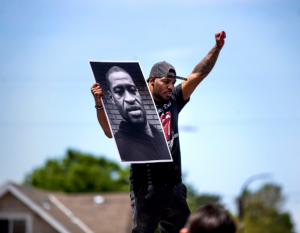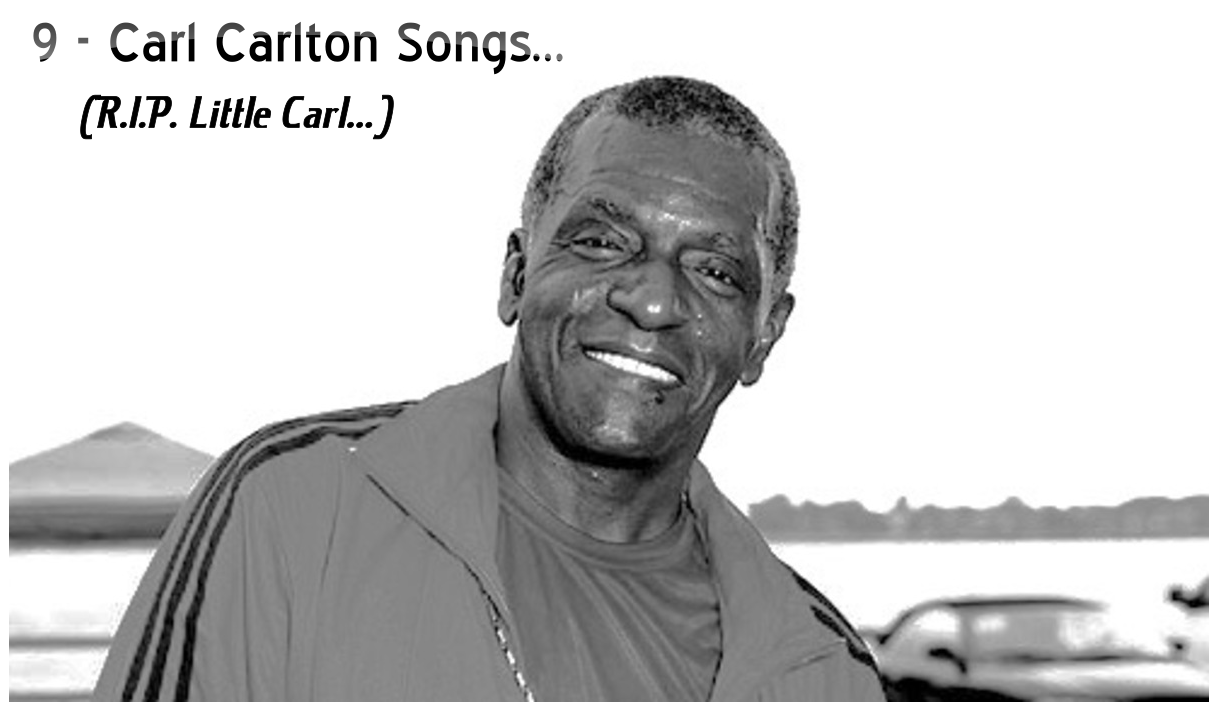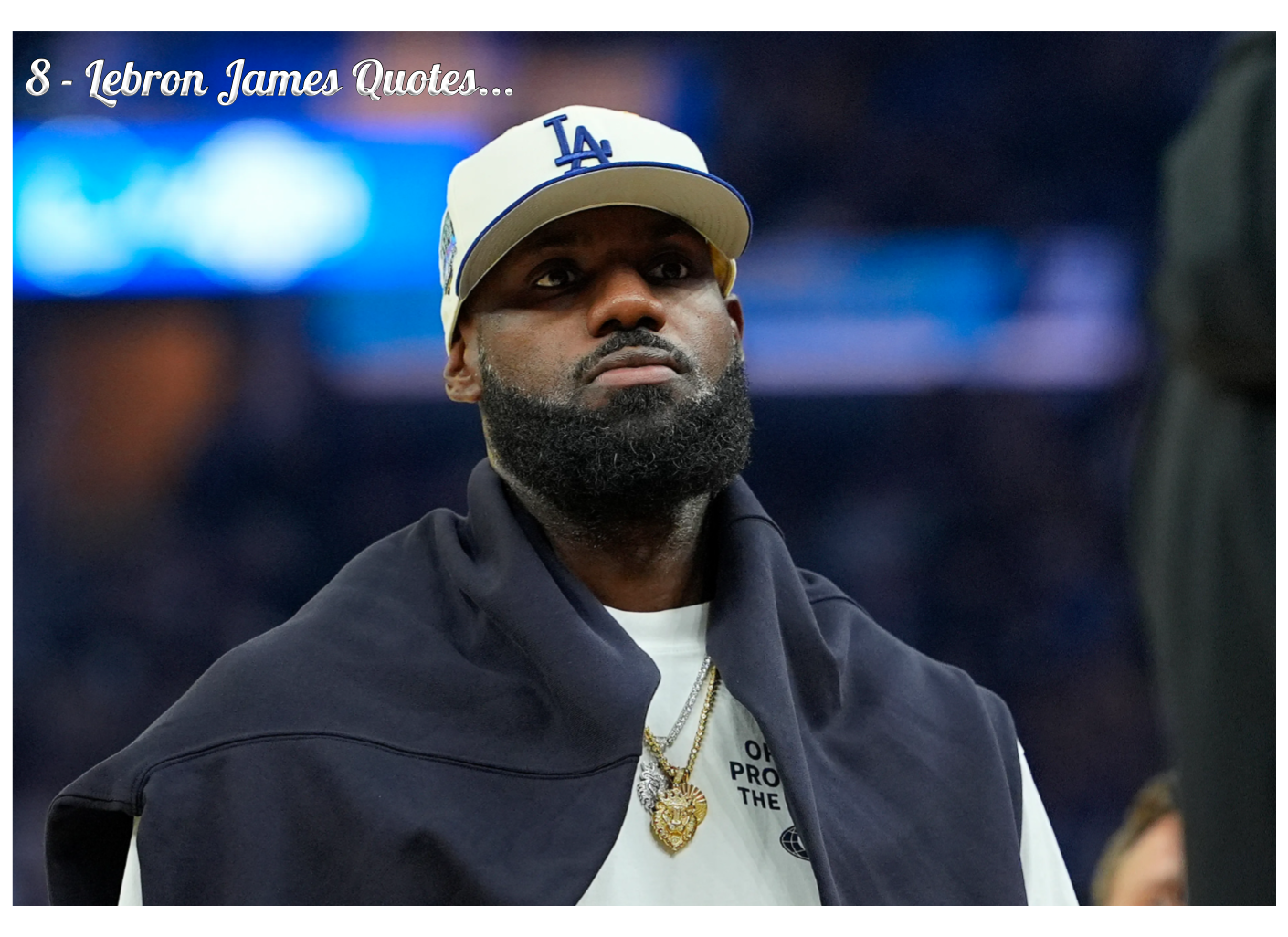(ThyBlackMan.com) I do not have a pulpit. I do have a pen. Like most, the images of George Floyd are haunting me, producing a sense of desperate aloofness as I sit in my Fort Worth apartment, having viewed the gruesome video the night before. It has become so common now to hear and see stories of white cops relative to black men in America and predict the ending.
George Floyd’s ghastly and horrific ending played out on the heels of Ahmaud Arbery just weeks before. Tied to that link are the stories of black men and women (remember Breonna Taylor, Sandra Bland etc.) which stretch decades back.
George Floyd’s death, though, as it strikes deep into the soul, is on a level more heinous than any in memory. He dies mercilessly, slowly; each millisecond bringing him closer to his end; each breath potentially his last.
The picture of a white man with his knee on the neck of a black man is tragically metaphoric. Its beginnings hearken to a common argument which I first heard as a kid growing up in what was then a lily-white Phoenix, Arizona. Whatever the personal identifications of the brother telling the story, it usually ended in some form of “the white man holding the black man down”.
Over time, that phrase was repeated so often and in so many black circles that its ad nauseam quality ultimately became the basis of a slogan for anti-anti-black progress: it’s not the white man, you are holding yourself down.
The metaphor of being held down by the neck is itself a vivid and painful rejoinder to ante-bellum days, when slaves arrived at southern ports and slave blocks in chains, ropes, wooden contraptments and the like.
In, A Slave is Tortured on the PBS series Africans in America, the story is shared of a slave named Charity who had a son called James. James was ultimately sold to a wealthy slaveholder, who was known for his cruelty. James, recalls the writer, while under his new master, received the treatment of a dog. After many severe whippings, James fled into the woods. Weeks later he was captured. His punishment for escaping:
This wretched creature was cut with the whip from his head to this foot, then washed with a strong brine, to prevent the flesh from mortifying, and make it heal sooner than it otherwise wood. He was then put into the cotton gin, which was screwed down, only allowing him to turn on his side when he could not lie on his back. Every morning a slave was sent with a piece of bread and a bowl of water, which were placed within reach of the poor fellow.
To spare the gory details, I will rush to the conclusion: After four days and five nights it was discovered the water had not been used and the bread was gone. When the press was unscrewed, the dead body was found partly eaten, along with the bread, by rats and vermin.
Unsettling? The depiction of a human being deprived of breath – even the very right to breath – is as unseemly and inhuman as the images of James’ (and hundreds of thousands more) terrifying last days in that terrible time when the cruelty of the slave master had no end.
The likeness of George Floyd is the Emmett Till of our generation. Emmett Till’s mother, Mamie, demanded an open casket because she wanted the world to see what they had done to her son.
The nine minutes of George Floyd’s last desperate pleas for his life should awaken us to see, in the words of James Baldwin, what is really going on in America.
Staff Writer; W. Eric Croomes
This talented brother is a holistic lifestyle exercise expert and founder and executive coach of Infinite Strategies LLC, a multi-level coaching firm that develops and executes strategies for fitness training, youth achievement and lifestyle management. Eric is an author, fitness professional, holistic life coach and motivational speaker.
In October 2015, Eric released Life’s A Gym: Seven Fitness Principles to Get the Best of Both, which shows readers how to use exercise to attract a feeling of wellness, success and freedom (Infinite Strategies Coaching LLC, 2015) – http://www.infinitestrategiescoaching.com.

















Leave a Reply